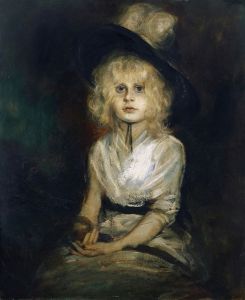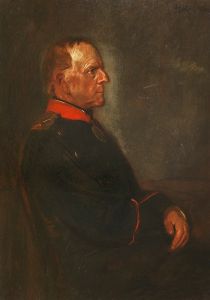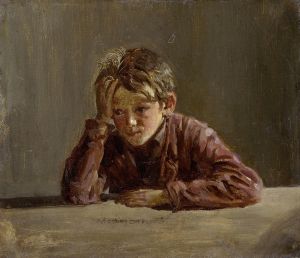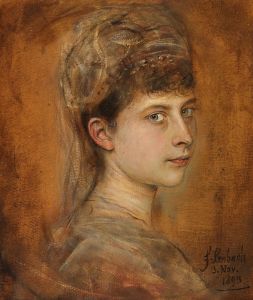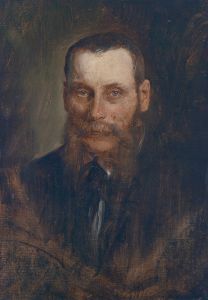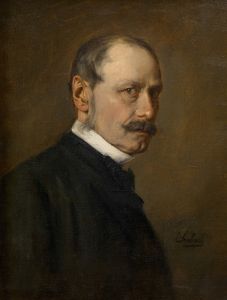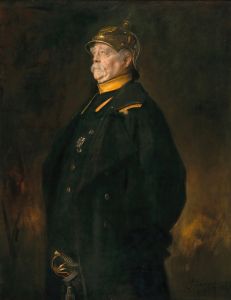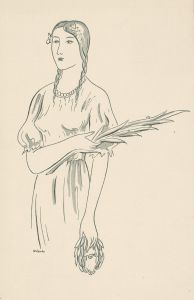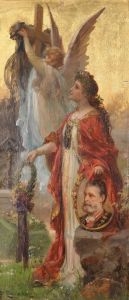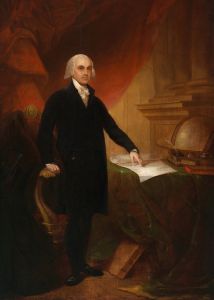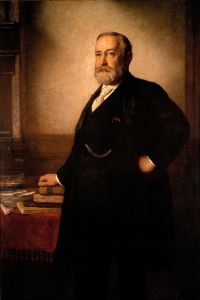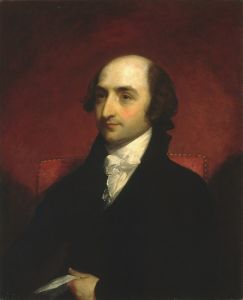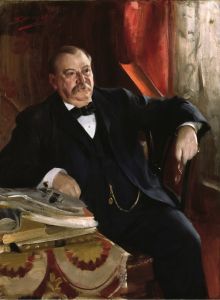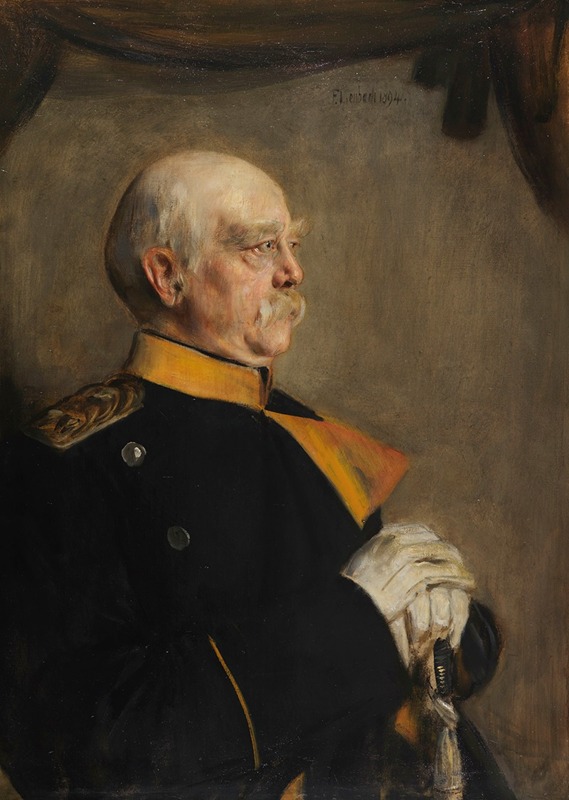
Otto Fürst von Bismarck
A hand-painted replica of Franz von Lenbach’s masterpiece Otto Fürst von Bismarck, meticulously crafted by professional artists to capture the true essence of the original. Each piece is created with museum-quality canvas and rare mineral pigments, carefully painted by experienced artists with delicate brushstrokes and rich, layered colors to perfectly recreate the texture of the original artwork. Unlike machine-printed reproductions, this hand-painted version brings the painting to life, infused with the artist’s emotions and skill in every stroke. Whether for personal collection or home decoration, it instantly elevates the artistic atmosphere of any space.
Franz von Lenbach, a prominent German painter of the 19th century, is renowned for his portraits of notable figures of his time. One of his most famous works is the portrait of Otto von Bismarck, titled "Otto Fürst von Bismarck." Lenbach's relationship with Bismarck, the first Chancellor of the German Empire, allowed him to create several portraits of the statesman, capturing his likeness and character in a way that resonated with the public and the political climate of the era.
Franz von Lenbach was born on December 13, 1836, in Schrobenhausen, Bavaria. He studied at the Academy of Fine Arts in Munich and later traveled extensively in Italy and Spain, where he was influenced by the works of the Old Masters. Lenbach became known for his ability to depict his subjects with a sense of realism and depth, which made him a sought-after portraitist among the European elite.
Otto von Bismarck, born on April 1, 1815, was a Prussian statesman who played a pivotal role in the unification of Germany. As the Chancellor of the German Empire from 1871 to 1890, Bismarck was a dominant figure in European politics, known for his diplomatic skills and strategic acumen. His leadership and policies, often referred to as "Realpolitik," significantly shaped the course of German and European history.
The portrait "Otto Fürst von Bismarck" by Franz von Lenbach is one of several that the artist painted of the statesman. Lenbach's portraits of Bismarck are noted for their ability to convey the chancellor's imposing presence and intellectual depth. The paintings often depict Bismarck in a dignified manner, emphasizing his status and authority. Lenbach's skillful use of light and shadow, along with his attention to detail, helps to create a lifelike representation of Bismarck.
Lenbach's portraits of Bismarck were well-received and contributed to the public image of the chancellor. The paintings were not only artistic achievements but also served as political tools, reinforcing Bismarck's image as a strong and capable leader. Lenbach's work was instrumental in shaping the visual representation of Bismarck during his lifetime and beyond.
The collaboration between Lenbach and Bismarck was mutually beneficial. For Lenbach, painting Bismarck provided an opportunity to enhance his reputation as a leading portraitist of his time. For Bismarck, Lenbach's portraits helped to solidify his image as a statesman of great importance and influence.
Franz von Lenbach continued to enjoy success as a portrait painter throughout his career, receiving numerous commissions from royalty, politicians, and other prominent figures. His ability to capture the essence of his subjects made him one of the most celebrated portraitists of his era. Lenbach passed away on May 6, 1904, leaving behind a legacy of portraits that continue to be appreciated for their artistic and historical significance.
The portrait "Otto Fürst von Bismarck" remains an important work in the study of both Lenbach's artistic career and Bismarck's historical legacy. It exemplifies the intersection of art and politics in the 19th century, highlighting how portraiture can influence public perception and contribute to the historical narrative.





